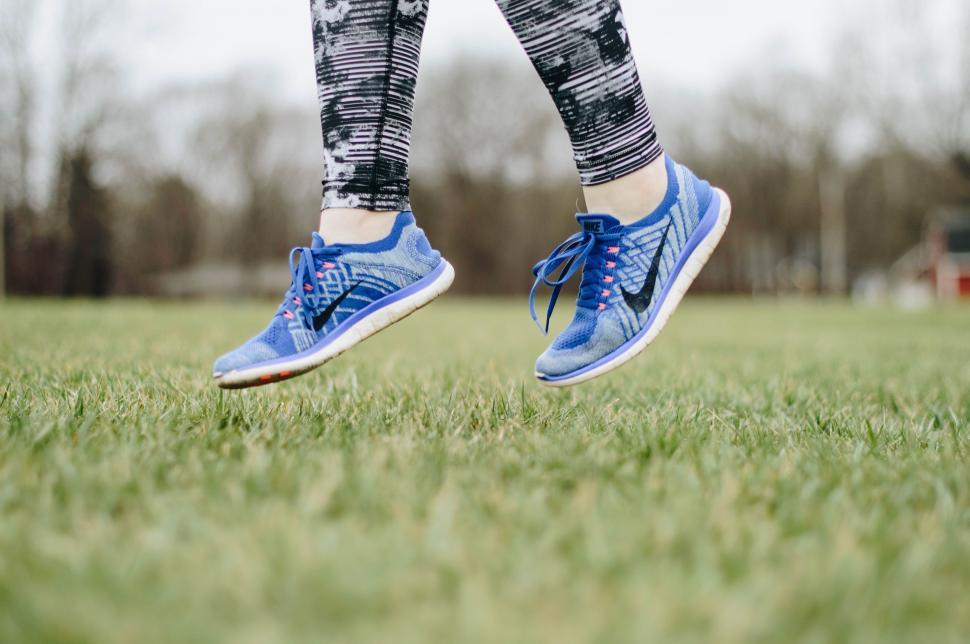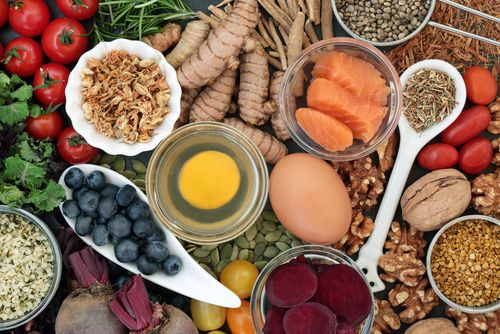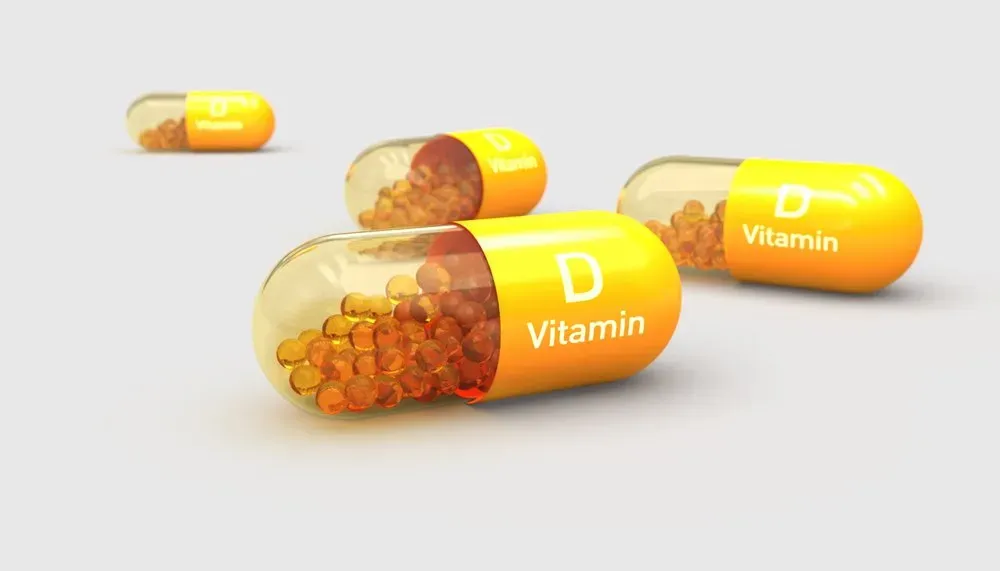
Bust the Fiber Fad: How to Fibermaxx Responsibly
- Jun 25, 2025
Are you fed up with temporary dietary trends that falter more quickly than kale wilting in the sun? Meet fibermaxxing, the TikTok-fueled trend with a twist. Unlike its fad diet counterparts promising overnight weight loss miracles, fibermaxxing just might offer something to sink our teeth into, due to its medically recognized health benefits, when consumed in moderation.
Consider giving fibermaxxing a whirl. Contrary to what it sounds like, it doesn’t involve chowing down on stacks of cardboard. Instead, fibermaxxing encourages followers to load up on fiber at every meal and snack - a habit that could help adults meet the recommended daily intake of 25–38 grams of fiber, without resorting to Star Wars-level force feeding.
High-fiber diets, according to reviews, are associated with a reduced risk of heart disease and stroke by an impressive 7% to 24%. So, how does gnawing on fiber-packed foods boost our hearts? Several studies suggest fiber may fortify heart health by managing blood pressure, reducing inflammation, and improving blood lipid levels. A fiber-rich diet may even reduce mortality from heart disease – a statistic that has a better sound than an overcooked brussels sprout bouncing on the kitchen floor.
It's not just the heart that benefits. If you wage a daily war against your waistline, fiber could be your shrewd ally in the battlefield. Thanks to its satiety-boosting properties, fiber prolongs digestion and reduces your appetite. One study found that 63% of participants lost an average of roughly 7 pounds after sticking to a fiber-dense diet for 16 weeks. In short, the more you curb your fears of fiber, the closer you get to conquer your weight loss woes.
Fiber is a stool’s best friend - Soluble fibers sponge up water in your gut, making stools easier to pass, while insoluble fibers hasten stool transit through your colon. Foods high in insoluble fiber include grains, vegetables, and the often discarded skins of fruits. As for soluble fiber, make yourself a snack with oats, nuts, beans, certain fruits, and vegetables.
Adding more fiber to your diet is like sending an Evite to beneficial gut bacteria. These health-promoting microbes enjoy a feast on dietary fiber, contributing to a balanced gut microbiome and better blood sugar control – an essential for managing type 2 diabetes.
Fiber further fuels good gut bacteria, producing short-chain fatty acids (SCFAs) like butyrate. These SCFAs aid gut health and may inhibit the growth of harmful bacteria. Studies show that by raising fiber intake by 5 g per day, inflammation indicated by a marker called C-reactive protein (CRP) in your blood could be reduced. Note that grains are the rock stars in this inflammation-fighting scenario, and remember, high inflammation is a co-conspirator with heart disease and an accomplice to cancer.
There are even studies suggesting that fiber can play a role in regulating mental health. In fact, increasing fiber intake by 5 g has been associated with a 5% mitigated risk of depression. Insights into this connection are still developing, but it seems that the gut and brain share a hotline bling that fiber access grants an VIP pass.
Finally, before you relegate fiber to an exclusively digestive role, consider researchers' suggestions that balmy dietary fiber can contribute to reduced risk of colorectal cancer-primarily by interfering with bile acids, regulating bowel movements, and improving overall gut health.
Still, before embracing fibermaxxing fully, remember to seek medical advice if you have special dietary requirements. It’s vital to gradually up your fiber intake. Gorging on a garden's worth of fiber overnight could present with some uncomfortable side effects.
Like any good thing, balance is key. Here's how to gauge if you're getting just the right amount of fiber: regular bowel movements - once a day is ideal, normal stool appearance, balanced energy and hunger levels, and minimal side effects like gas, bloating, and abdominal cramps.
So next time you scoff at yet another diet trend, remember, fiber isn't just a fad. It's a lifestyle choice - a decision that could brighten your life just as the sun nurtures a robust kale plant.






